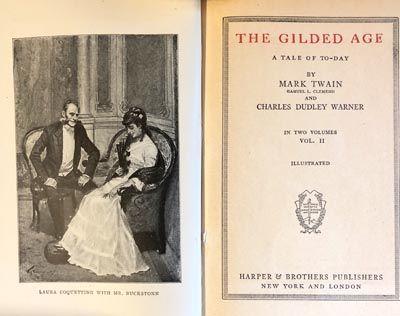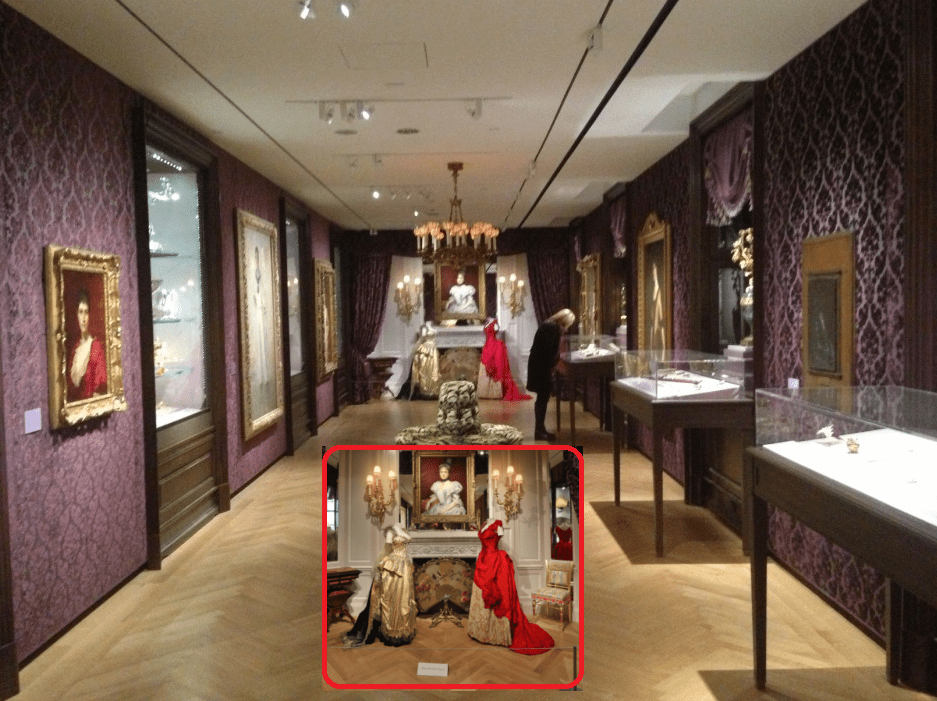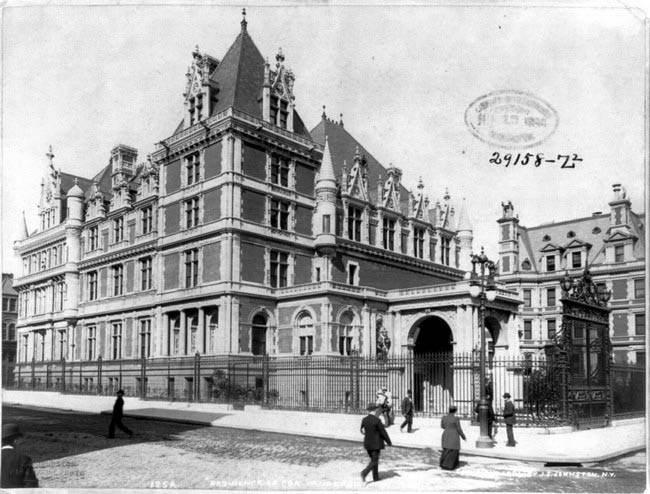September 28, 2022
SusanSez Travels Back to the Gilded Age in NYC
SusanSez Travels Back to the Gilded Age in NYC

SusanSez Travels Back to the Gilded Age in NYC
This week instead of going to another country let’s take a trip back in time to the Gilded Age in NYC. We’ll be taking a leisurely walk down 5th Ave from 103rd St to 70th St – so wear comfy shoes or you might want to give your tootsies a break and hop on the 5th Ave bus.
Many fortunes were made during the Civil War. The “ Gilded Age'' followed the war and the “nouveau riche” made sure you knew that they had money and they knew how to spend it. Grand mansions were built along 5th Avenue and an ostentatious lifestyle followed.

The term “Gilded Age” (approx. 1870s – early 1900s) was originally coined by Mark Twain and Charles Dudley Warner in the novel, The Gilded Age: A Tale of Today (1873), satirizing what they believed to be an era of serious social problems disguised by a thin gold gilding. It was a time of rapid economic growth when families like the Carnegies, the Vanderbilts, the Astors, and the Belmonts were not only making money but spending money like it was going out of style.

Several years ago The Museum of the City of New York (MCNY.org) had a fabulous exhibit that featured pieces from this extravagant era – gowns by Worth, Tiffany jewels and silver, portraits and decorative art objects, and all matter of “accouterments” that indicated your wealth.
Today there is a “piece” of the Gilded Age in the Port City Gallery of the MCNY “Core” exhibit. The Astors and the Vanderbilts are among others included on the kiosks that are part of the exhibit.
In addition to all of the “things” the American aristocracy displayed, they were particularly skilled at flaunting their wealth at lavish parties and balls. Mrs. Astor’s ballroom held 400 people and thus gave rise to the term the Four Hundred- a list of New York society that Mrs. Astor approved. On February 16, 1892, the “Official” list was published in the NY Times by Ward McAllister, a confidante of Mrs. Astor. It included the Astors, the Vanderbilts, the Fishes, the Whitneys, and the Lorillards among others. Many have portraits at the Metropolitan Museum of Art
During this time New York became the nation’s corporate headquarters for luxury retailers who plied their wares on Ladies Mile, and many cultural institutions like the Metropolitan Museum of Art, The Metropolitan Opera, and many more helped to make NYC the worldwide force it remains today.

To house all their “things” these Titans of Industry built lavish mansions in the East 50s, 60s, 70s, 80s, and 90s. Several of the buildings remain- many have been repurposed. Today there are only 2 single family residences on 5th Ave
Named Carnegie Hill after neighborhood resident Andrew Carnegie—one of the richest individuals in history. This area features a spectacular collection of townhouses and other buildings of high artistic quality, designed by renowned architects such as Stanford White, Richard Morris Hunt, and Charles Follen McKim.
Although the Vanderbilt Mansion that stood at 57 St and 5th Avenue is long gone (ironically demolished to build Bergdorf Goodman- the grand dame of NYC Department stores) the magnificent front gates are now in Central Park and they serve as the entry to the Conservatory Garden with its Untermayer Fountain with its three Dancing Maidens, the Secret Garden water lily pool and an amazing array of flowers and plants. Sculptural reliefs can be seen at the Sherry Netherland Hotel and a grand fireplace is displayed at the Metropolitan Museum of Art.

Here’s my “don’t miss” list:
- Henry Clay Frick House - 5th Ave and 70 St. - aka The Frick Museum
- The Mansion is under renovation but the art collection has been temporarily relocated to the former home of the Whitney Museum at 945 Madison Ave.
- The Ukraine Institue of America - 5the Ave and 79 St. former home of Henry F. Sinclair, Isaac D. Fletcher, and descendants of Peter Stuyvesant. The Ukraine Institute offers art exhibitions, musical programs, lectures and more. A visit offers a great opportunity to experience the mansion.
- NYU Institute of Fine Arts - former James Duke House - 78 St. and 5th Convent of the Sacred Heart - 5th Ave and 97th - former Otto Kahn House.
- The Neue Gallery- former William Starr Miller Mansion-5th Ave and 86 St. and since 2006 home to the “Portrait of Adele Bloch-Bauer” by Gustav Klimt aka“The Lady in Gold”
So, if you want to see how the 1% lived in the Gilded Age, explore these fabulous houses, visit the Metropolitan Museum of Art or just take a walk through the Upper East Side’s Carnegie Hill neighborhood. In addition to the 5th Avenue mansions, the cross streets have great examples of the opulent lifestyle.
Feeling more adventurous? Take a trip to Newport Rhode Island to visit their “summer cottages”
Where are we off to next? The only hint I’ll give you is we are traveling East!
For inquiries and questions about tours ( In-person or Virtual ), you can send an email or call. Stay tuned for Susan's next new blog!

